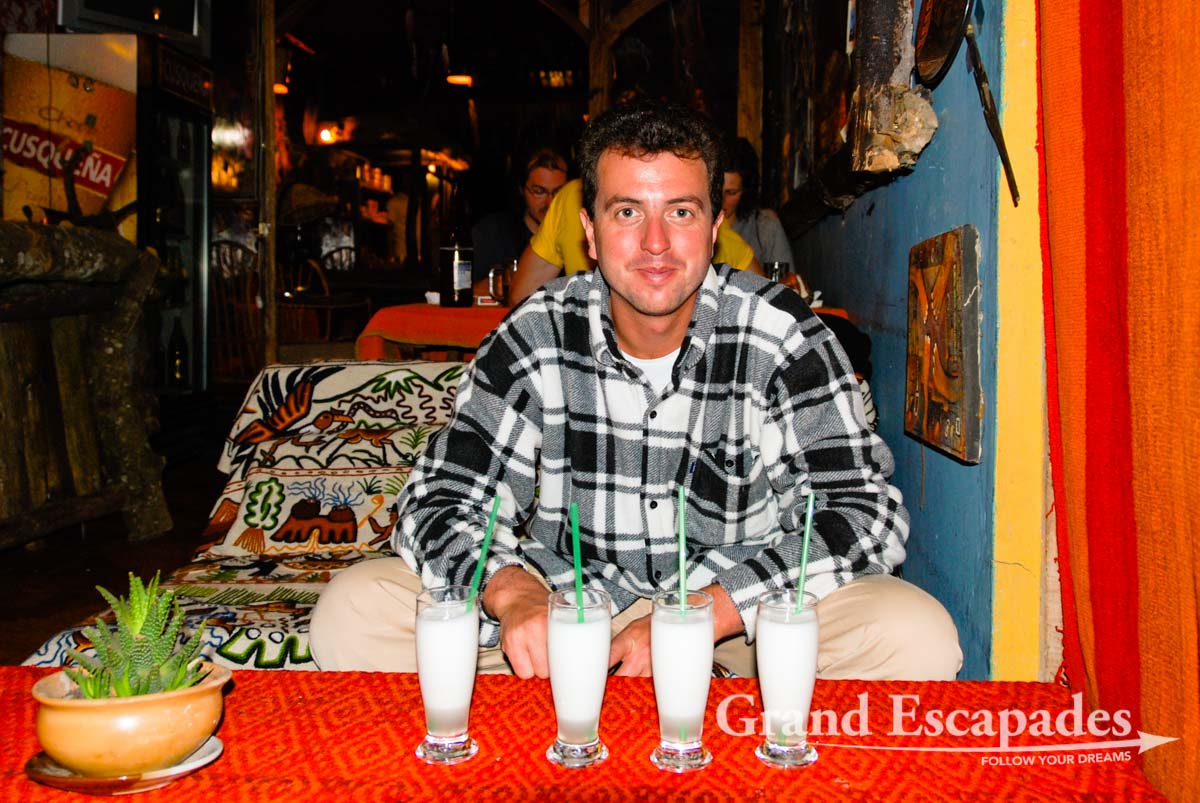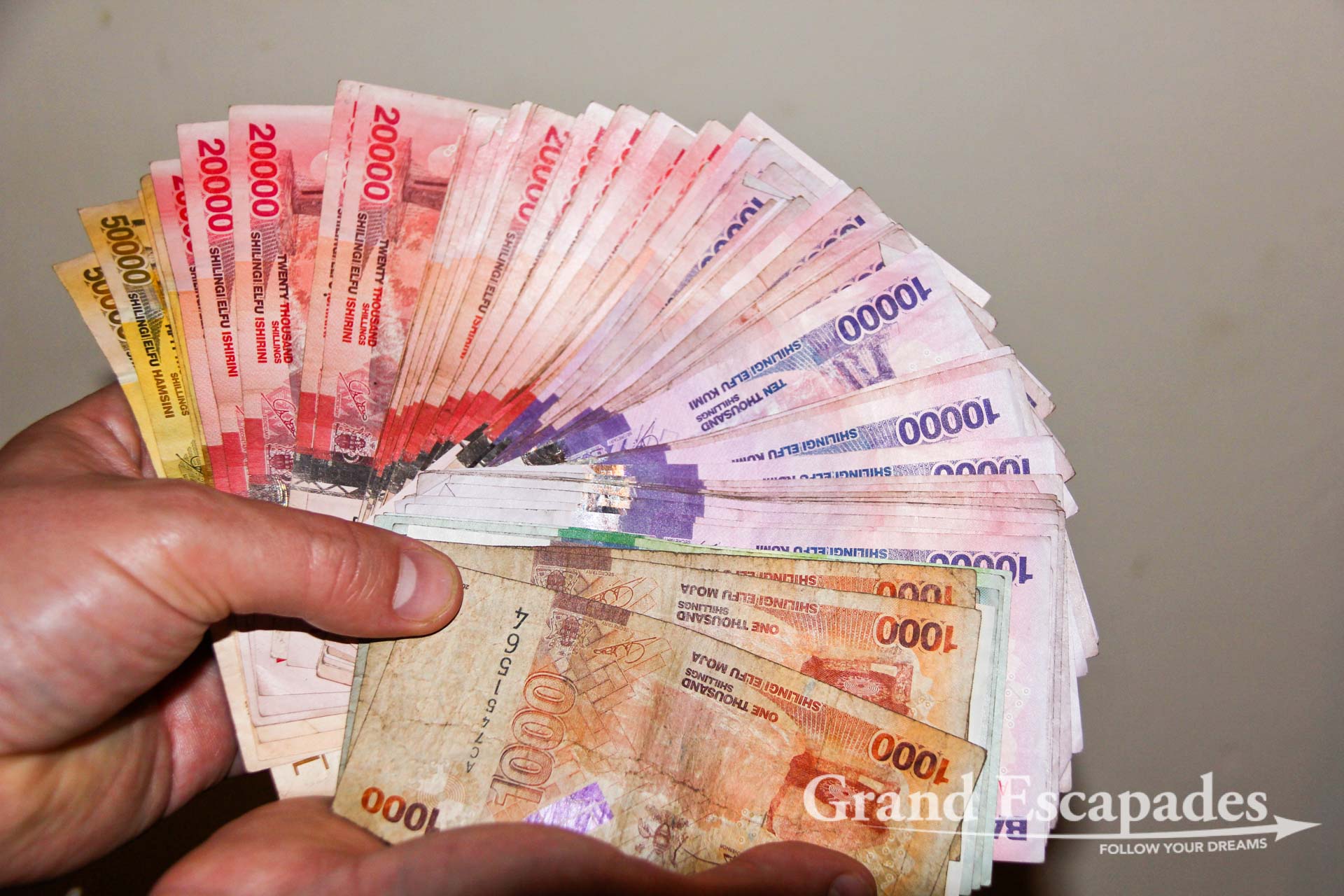All in all, we spent on average almost exactly the same amount of money per day as in Venezuela: 33.5 Euros or 47 USD. Yes, the present exchange rate Euro-Dollar is the best thing that could happen to us! Peru is to some extend a very cheap country, especially coming from Brazil, but classic tourist activities can be at times really pricy.
In order to get an understanding for the cost of living in Peru, some information about the level of income might help. For an unqualified job, the standard salary can be as little as 300 to 350 Soles a month, that is to say 70 to 80 Euros. We have been told that a teacher makes 180 Euros per month.
Therefore, costs of living can be kept very low for someone who tries to adapt a little. On average, we paid 12.5 Euros per night for a double room with almost always private bath and sometimes treated us to a little more comfort, like a heater. A menu – large soup, main course, non-alcoholic drink – in a local restaurant costs 3 to 5 Soles (0.7 to 1.2 Euros) and a menu “Ejecutivo” in the same restaurants costs 8 to 12 Soles (2 to 3 Euros). Transportation on the “Servicio Economico” on long distance busses costs 2.5 Soles or 0.6 Euros for one hour (four to five times less than in Brazil).
As a consequence, we managed to keep costs for everyday life at a very low level: less than 17 Euros per day and person, and we regularly allowed us a nicer restaurant or a drink and did not stay at real budget hotels. Of course, in the high season, prices for hotels are up to 50% higher, but we were in Peru in the lower season. As a comparison, this is far less then Venezuela and almost half of what we spent in Brazil!
But …There is a “but”! As soon as you want a European-like (or American-like) restaurant, prices are just western prices. We even saw menus in tourist restaurants with prices that you only find in posh restaurants downtown Paris or London: for instance 6 USD for a basic vegetable soup, which is simply absurd in Peru, was nothing uncommon in the restaurants on the many Plaza de Armas or on the main tourist spots.
One of our main concerns was a warm room. Considering the very high altitudes of many tourist destinations like Cuzco (3.250 meters), Cabanaconde in the Colca Canyon (3.290 meters) or Puno on the shores of the Lake Titicaca (3.820 meters), it is sometimes no luxury at all. Only once have we been able to get a little heater that turned the room into a comfortable place in the evening. But we did not stay at top-end hotels …
As usual, travel expenditures depend much on the level of comfort you want. Luxury busses such as the Cruzero Service of Cruz del Sur, which we cannot enough recommend given the level of security and of comfort, cost 4 to 5 times the price of a “Servicio Economico”, but for overnight rides we never considered traveling with another company. We spent altogether 150 Euros per person in 4 weeks, which is not especially surprising, considering the level of comfort we chose and the distances we traveled: 2.700 kilometers only for long distance rides.
A big chunk of our budget was spent on entrance fees and tours, although we did not trek the world famous and absurdly expensive Inca Trail that costs between 350 and 600 USD for 4 days / 3 nights. But entrance fees and smaller tours cost as much as one third of the total budget over 4 weeks, or approx. 270 Euros or 380 USD per person. Just Machu Picchu cost 220 USD for the train which you must take, the bus and the entrance fees for both of us…






